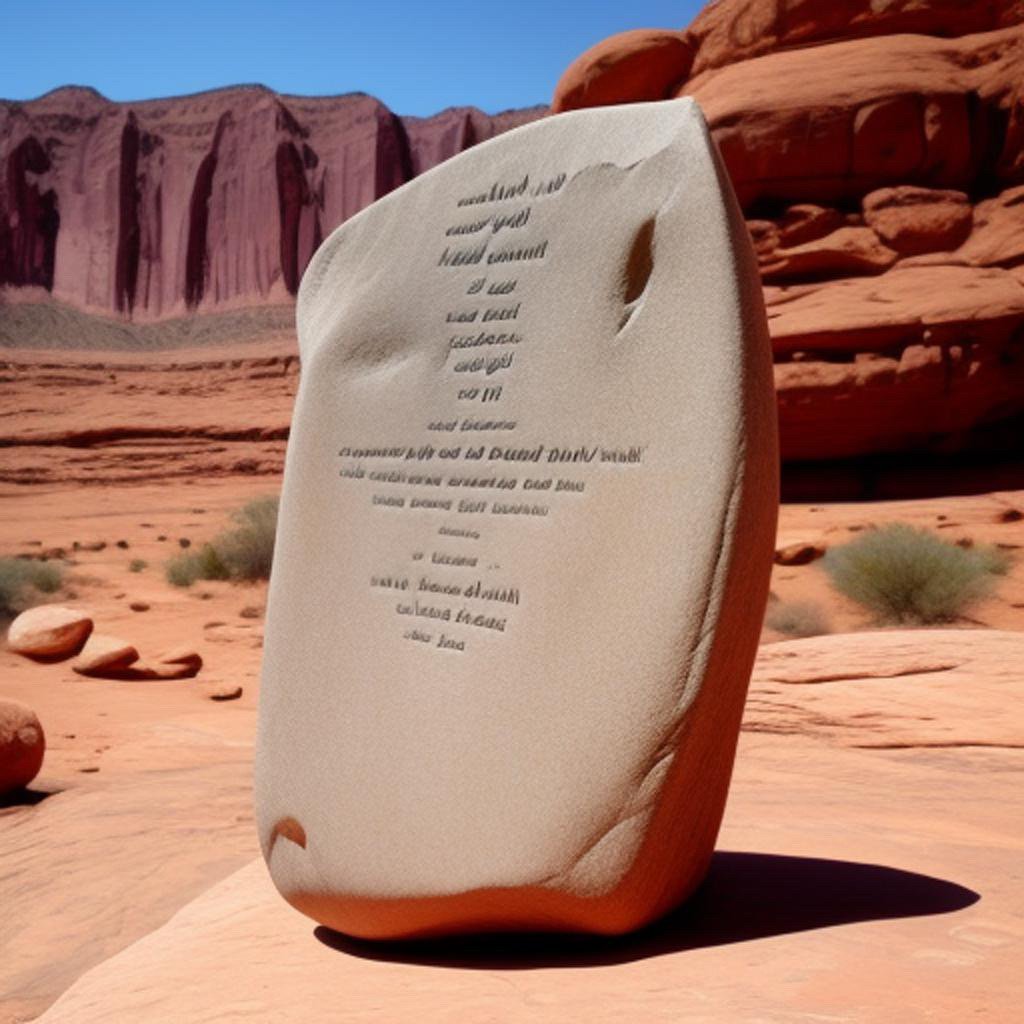
Table of Contents
During archeological research they found a temple with a dressed stone
The discovery of a temple with a dressed stone during archaeological research is a significant find, as it provides insights into the architectural and religious practices of the ancient civilization that constructed it. The use of dressed stone indicates a level of craftsmanship and architectural sophistication in the construction of the temple.
Dressed stone refers to stones that have been shaped, smoothed, and finished by cutting or carving to create a uniform and polished appearance. This technique was commonly employed in ancient construction to create aesthetically pleasing and structurally sound buildings.
The presence of a dressed stone in a temple suggests that the temple was built using carefully selected and prepared materials, and it may indicate the importance of the deity or deities worshiped in that specific temple. The use of dressed stone can also provide clues about the cultural, artistic, and technological aspects of the society that built the temple.
Archaeologists often study dressed stones and their architectural context to understand the construction techniques, the level of craftsmanship, and the symbolic or religious significance associated with the temple. The presence of inscriptions or reliefs on the dressed stones can provide additional information about the religious beliefs, rituals, or dedicatory practices associated with the temple.
Overall, the discovery of a temple with dressed stone is an important archaeological find that contributes to our understanding of ancient civilizations, their architectural achievements, and their religious practices.
Is the dressed stone used as a symbol for Shiva in Indian temples
The use of dressed stone in Indian temples is indeed prevalent and holds significance, but it is not specifically used as a symbol for Shiva. Rather, the use of dressed stone is a common architectural practice in temple construction throughout India.
In Indian temple architecture, dressed stone is utilized to create intricate and detailed sculptures, carvings, and architectural elements. These stones are carefully shaped and carved by skilled artisans to depict various mythological and religious narratives, deities, and symbols.
Regarding the worship of Shiva, there are specific symbols associated with him in Indian temple iconography. These symbols include the lingam, the representation of the cosmic and generative power of Shiva, as well as other attributes like the trishula (trident), damaru (drum), and serpent.
Dressed stone, however, is not specifically used as a symbol for Shiva. It is a broader architectural practice employed in the construction of Indian temples, regardless of the specific deity being worshiped. The use of dressed stone allows for the creation of intricate sculptures and carvings that adorn the temple, contributing to its artistic and religious significance.
Shop Corner
Archeological research on Amazon
Thank you for reading, shares and comments!
✨ Comment Policy ✨
We welcome thoughtful, kind, and constructive comments that contribute to meaningful conversations.
Please note:
- Promotional links and unsolicited offers will be removed.
- Spam, irrelevant content, or self-promotion without prior permission will not be published.
- We value quality engagement over quantity — thank you for helping us keep this a respectful and inspiring space!
Sources openai Language models, aitrot, picsart and mib
Take time to learn
Invest in your future
Embark on a journey into the realm of affiliate marketing and craft your own website within a vibrant, supportive community. Join me in this adventure, where you can begin as a free starter and stay as long as you desire. Enjoy complimentary hosting and foundational teachings to set you on your path. For those with advanced skills, opportunities to elevate your expertise await. Take a moment to explore and witness the magic for yourself!




